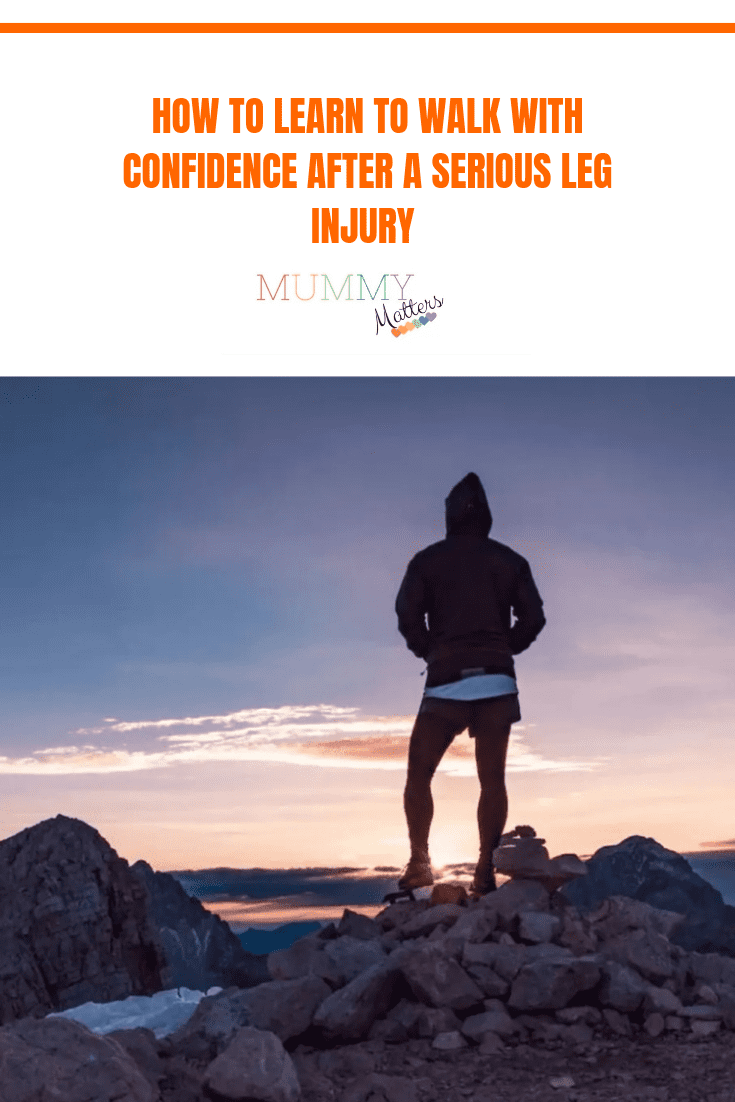Falls are the biggest cause of injury-related death in adults over 75. Even a small fall can seriously affect a person’s quality of life and capacity for independent living.
It makes sense that you would experience a lack of confidence in your ability to stand on your own after a serious leg injury. We want to take care of this as soon as possible so you don’t start avoiding routine walking and standing situations out of concern for another fall. As a result, you become less fit and have a higher chance of falling again.
According to studies, employing workouts to increase strength and balance could prevent more than a million falls. It is better to perform the exercises below infrequently. Strength, balance, and coordination need to be improved. Wear comfortable, roomy clothing and shoes with a smooth bottom. Keep in mind that these exercises aim to boost your confidence, so begin cautiously and progress to the more difficult ones when you’re ready.
Why not work out while you wait for the kettle to heat up, as most of these activities can be done in the kitchen?
Prepare Your Mind
It’s crucial to get ready for the healing process mentally. Accept the length of time as it comes. Don’t go into it with any big expectations of speedy progress. Instead, make a ton of little goals for healing. For instance, regaining confidence after an ACL reconstruction might be challenging. An anterior cruciate ligament stabilizes the knee joint like an “x” is the cause. Therefore, standing unaided for 10 seconds as the first goal is sufficient.
Set small, manageable targets for speedy gains. In this manner, it keeps you inspired to advance in your recuperation and will help you swiftly build trust in the outcomes of your surgery.
Don’t Isolate Yourself
Injury recovery is difficult when done alone. Although no one wants to constantly hear about your disability and inability to walk or train, most individuals in your circle are ready to support you. They frequently have encouraging words or an angle you may not have considered.
Age-group athlete who recently underwent hip surgery to fix a torn labrum said, “The constant pain, social isolation, and lack of a stress-reduction outlet caused me to be irritated and emotional. My running buddies would ask if we could go for a stroll, attend a movie, or have lunch before the procedure. This helped me feel supported and keep in touch with the people I liked seeing each week.”
Being surrounded by loved ones can therefore aid you in your battle since it will boost your self-esteem and make it simpler for you to walk without fear, which is one of the main elements of the rehabilitation process.
Utilize Additional Strategies to Keep Your Self-esteem High
Since an athlete’s self-esteem is frequently closely correlated with their athletic performance, declines in performance brought on by extended absences can cause an athlete to sink into a pit of low self-esteem. However, there are other ways to boost self-esteem, such as picking up a new ability, cross-training if possible, or engaging in mental exercise (those absurd “brain games” are very helpful when you’re not training).
Avoid Comparing Your Pre-injury and Post-injury Selves
During her preparation for the Olympic Trials, a young athlete developed a stress fracture. She did cross-training, which kept her in shape and gave her the aforementioned crucial confidence.
She did experience a moment of terror when she was free to run again. She said, “After just 20 minutes of my first land run, I felt so heavy, and my breath was out of control. I wasn’t going very fast. I made a lot of effort… I had my moments, as well as a few panic attacks. “
However, she stuck to her strategy and took a cautious approach to recovery. She eventually regained her normal speed, which allowed her to place second in the Olympic trials.
You will return to your goals eventually, so resist the urge to put your fitness level and pace to the test by undertaking a task that could cause you to fall behind. As your healing progresses, let your fitness and pace naturally increase. She stated, “I try to remind myself to concentrate on the moment and not stress about what might happen in the future,” as she continues her protracted rehabilitation.
Injury is a cruel thing. They deprive us of endorphins. They eliminate our escape from the outside world. They cast doubt on who we are. The most important thing to remember from this experience is never to let an injury cause you to lose faith in yourself, doubt your identity, or wonder if you’re still sane. At that point, the damage has moved beyond being merely a physical threat.

